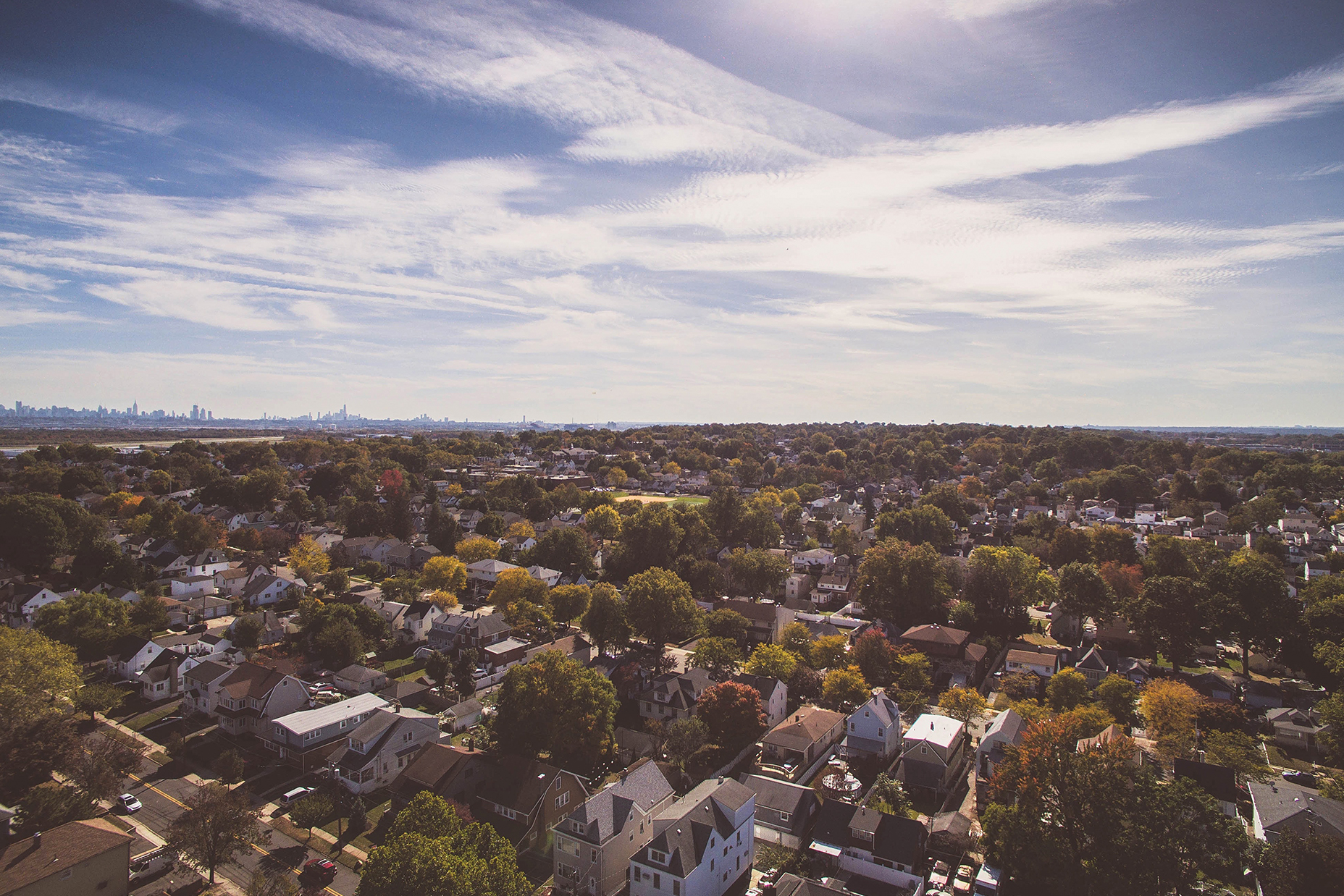Understanding the Benefits of Opportunity Zone Investments
- by admin
- Comment Off
- 1,308 views

A new economic development tool can help you reduce or avoid the capital gains tax.
What if there was a way to avoid paying the capital gains tax?
It’s possible through a new economic development tool called Opportunity Zones. Added to the tax code by the Tax Cuts and Jobs Act of 2017, Opportunity Zones are economically-distressed communities in which certain new investments may be eligible for preferential tax treatment.
Opportunity Zones receive their designation by being nominated by the state in which they are located and then receiving certification from the Secretary of the U.S. Treasury.
Where Are Opportunity Zones Located?
The U.S. government has designated 8,700 communities as Opportunity Zones. There are currently Opportunity Zones covering parts of all 50 states, the District of Columbia and five U.S. territories. New York City has 306 Opportunity Zones; Los Angeles County, 274; and South Florida, 123 (Miami-Dade County has 67; Broward County, 30; and Palm Beach County, 26).
These Opportunity Zones are intended to incentivize institutional investment into local communities and businesses. Opportunity Zones can be located anywhere—in upper, middle or lower-class communities. In general, they are in lower-class communities in order to stimulate development in those areas.
Projects that do not qualify are gambling facilities, tanning salons and massage parlors. Multifamily, apartments, hotels, condominiums, offices and shopping centers make the most sense since these are possible 10-year investments, a timeframe that is critical to avoiding capital gains on Opportunity Zone investments.
What Is a Qualified Opportunity Fund?
According to the Internal Revenue Service, you can defer tax on any prior gain (e.g., stocks, bonds, annuities, real estate, 1031 exchange, bitcoin, cryptocurrency, a business, etc.) that you invest in a QOF “until the earlier of the date on which the investment in a QOF is sold or exchanged, or Dec. 31, 2026. If the QOF investment is held for longer than five years, there is a 10 percent exclusion of the deferred gain. If held for more than seven years, the 10 percent becomes 15 percent.
… If the investor holds the investment in the Opportunity Fund for at least 10 years, the investor is eligible for an increase in basis of the QOF investment equal to its fair market value on the date that the QOF investment is sold or exchanged.”
You can receive the tax benefits even if you don’t live, work or have a business located in an Opportunity Zone. You simply must invest a recognized gain in a Qualified Opportunity Fund and then choose to defer the tax on that gain.
The three biggest benefits QOFs offer:
- Your investment is 100 percent tax-exempt after 10 years of investment in a Qualified Opportunity Fund.
- Typically, you will receive a monthly dividend after the rehab or the construction is finished (it depends on the fund).
- You will receive a compounded return on your investment after the 10-year investment timeframe (the ROI will vary from fund to fund).
Be aware that in most cases it is not easy to withdraw your investment funds earlier because real estate is an illiquid asset. Furthermore, if you withdraw earlier than the 10 years, your funds will not be tax free and will not be exempt from the capital gains tax.
Find the Right Fund
There are hundreds of QOFs to choose from, but not all are recommended. Most funds will work through intermediaries, which means you will be paying higher fees and receiving a lower return on your investment. Typically, the projects are scattered around the country.
On the other hand, some QOFs are owned by commercial real estate developers that invest directly into a specific Opportunity Zone or project. These developers build warehouses, apartment complexes, offices or similar structures located in a specific geographic area because the developer is located there; for example, a South Florida Opportunity Zone Fund will target projects located in South Florida and a New York Opportunity Zone Fund will target projects in New York.
When you work with a commercial real estate developer, you typically get:
- A higher ROI.
- Lower fees.
- To know the developer versus getting to know an intermediary.
- To know the projects being invested in.
- A developer who gets to know you (the investor).
Be patient and search for the right QOF. There are lots of commercial real estate developers who can put your investment to use. Sooner or later, the projects located in Opportunity Zones would have been built or rebuilt either way. As an investor, you are winning because you are obtaining a huge capital tax break as well as the benefits of a strong ROI and a monthly dividend.
A complete 10-part series on Opportunity Zone investing is available at www.dolphinpi.com.

Mark Dzulynsky
Mark Dzulynsky is the CEO of Dolphin Property Investments LLC, a commercial real estate development company focusing on multifamily (apartment) building and construction in the Miami, Florida MSA. Currently, Dolphin Property Investments has a $50 million 202-unit multifamily construction project in Pompano Beach, Florida. Visit https://bit.ly/2rlDTrU to find out more about how to avoid capital gains tax on your investments via our real estate Opportunity Zone Fund. For more information, visit www.dolphinpi.com or contact (954) 248-3073 or mark@dolphinpi.com. In 2018 Mark’s speaking engagements have brought him to San Paulo, Rio Di Janeiro, Johannesburg, Cape Town, San Francisco, Los Angeles, San Diego, Detroit, Boston and Scottsdale.













